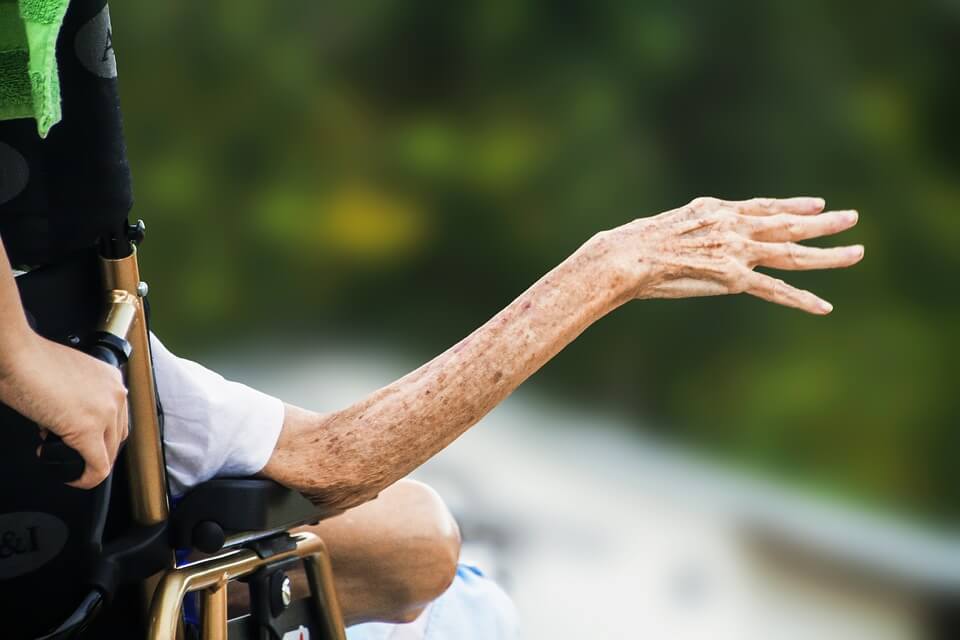Americans with a chronic medical condition know just how difficult it is to navigate the challenges of our healthcare system. These patients pay huge medical costs, experience a diminished quality of life and, in some cases, run the risk of developing even more chronic conditions. They also represent about half of the adult population in the United States.
But as bleak as things are when you suffer from a single, long-lasting sickness, the challenges are compounded exponentially when you develop a second, third, or even more chronic conditions. This growing subset of patients – those suffering from two or more chronic conditions – now accounts for over one quarter of all Americans, per the Centers for Disease Control and Prevention.
The Most Common Medical Conditions
Chronic conditions last for a year or more, require ongoing medical attention and often limit a person’s day-to-day activities. Chronic conditions include heart disease, hypertension, diabetes, arthritis, cancer, chronic respiratory conditions, asthma, human immunodeficiency virus infection, Alzheimer’s, epilepsy and obesity, to name only a few.
Read also:
Other non-physical conditions can also fall into this category — those like developmental disabilities, mental illness, and cognitive impairment. Tobacco use, alcohol abuse or substance addiction may cause more chronic conditions, or be considered chronic conditions themselves.
Read More: Tackle Your Shredding This Family Day
An Expensive and Common Problem
About two-thirds of healthcare costs in the United States and over 90 percent of Medicare spending go toward people with multiple chronic conditions (MCC). In addition to the approximately 27 percent of Americans with MCC, the Department of Health and Human Services estimates that around three-quarters of those over 65 have MCC.
Many people with MCC have more than just two chronic conditions. Over seven percent of men and over 10 percent of women in the U.S. have five or more chronic medical conditions. With every additional condition, come steep rises in costs, treatments, doctor visits, and prescription medications, per the DHHS.
When Riskier, Costlier, Less Effective Treatment is a Part of Life
If you have MCC, or if you know someone who does, then you might already be familiar with the incredible challenges that come with having two or more serious illnesses.
Insurance will be costlier, as will the out-of-pocket costs you pay. Of course, you’ll also be paying even more than those with a single chronic condition, because you will likely be seeing more doctors to receive the treatment you need. You will probably need to take several prescription medications for your medical conditions.
It is the increased number of doctor visits to multiple doctors and the many medications needed for management of MCC that open patients up to inadequate healthcare. Patients with MCC rely heavily on specialists, and it is likely that a specialist who is treating a patient for one of their chronic illnesses won’t have the skills or training necessary to provide care that addresses the other chronic illnesses the patient suffers from.
This leads to a disjointed, uncoordinated and costly system in which patients are more likely to suffer from medical error, receive conflicting medical advice and experience adverse drug reactions. Patients so often find that they are handed off from one doctor to another, with little to no oversight to coordinate the many treatments, tests, and medicines they take.
Read More: Folic Acid Deficiency Symptoms: Supplement The Deficiency Before It’s Too Late
Addressing the MCC Problem
Reducing the direct and indirect costs to patients requires an ambitious rethinking of our approach to healthcare that addresses the unique needs of MCC patients. We need federal and state programs that engage patients to better coordinate their care and provide education to those suffering from several medical conditions. We need doctors that are better trained in handling a wide range of medical needs, as opposed to the specialization trend among doctors that have become the norm in the last several decades.
Prevention is also key to lessening the number of MCC patients in the United States. This means education, raising awareness and public health initiatives that serve to stop the development of these illnesses before they start.
Patients with MCC can easily get disillusioned with the obstacles they encounter when they enter the convoluted, expensive system that they depend on for treatment. The odds are good that many of you have first-hand experience with the failings of our current system in dealing with multiple, chronic medical conditions. Judging from the statistics, most of us will also encounter these shortcomings at some point in our lives.
Mark Evans is a Missouri trial attorney and partner at the Bley & Evans law firm.
Read More:






















